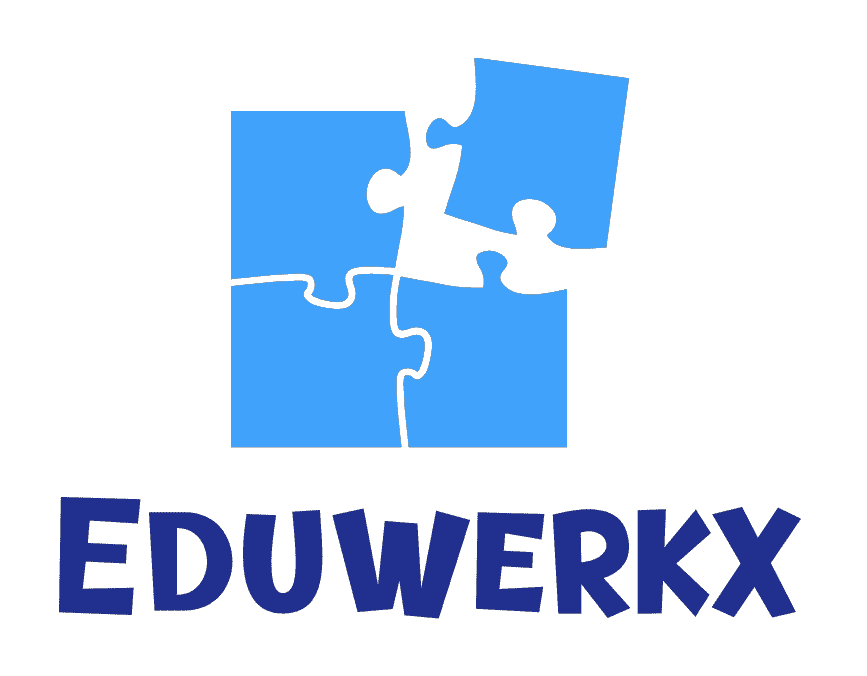When we see a child displaying extraordinary skills, whether in music, sports, arts or any other fields, there is a common tendency to attribute their success to innate talent. This perspective, however, fails to consider the importance of engagement. The remarkable achievements of these seemingly “gifted” children are not the product of superior genetics, but rather the result of a positive cycle of engagement that enables them to more easily enter into a state of flow when encountering challenges.
Research, as we covered in our previous article, demonstrates that children in a state of neutral engagement tend to stagnate or show little progress. When compared to children who are positively engaged, they often appear much less talented. This is not due to a lack of inherent potential, but rather the absence of an environment that can awaken their natural capacities.
Important Notice
Exceptional engagement may be the first step to unlocking your child’s extraordinary abilities, but it’s the activities themselves that ultimately shape the extent of their growth. Engaging in the right activity can make the difference between the slow pace of a bicycle ride to the speed of a powerful motorcycle. It is also important to note that the three types of engagements we shared are simplified for understanding, meant to serve as starting points for deeper reflection rather than exhaustive explanations.
Determining whether an engagement is positive, neutral or destructive in nature is not so straightforward. Just like how each student writes a different essay in response to the same question, every educator brings their own interpretation and application of engagement to the classroom, shaping habits that result in vastly diverse outcomes. While these educators may be operating from the same core principles in research, what some educators consider as revolutionary and effective may also be viewed as ineffective or even detrimental by others.
Ultimately, the nature of engagement is shaped by many factors, including culture, individual motivations and various contextual factors. Beyond what we have covered, there are also many other forms of engagement that are essential to consider in skills development, including but not limited to, exploratory, creative and reflective engagement. Ignoring these can result in thousands of hours spent without noticeable skill improvements. For this post, we will discuss how your child might be unknowingly stressing themselves with “rotten orange” learning.
What is “Rotten Orange” Learning?
Imagine giving your neighbour two different gifts: a bag of rotten oranges and a suitcase full of money. The outcome is predictable – the rotten oranges will quickly find their way to the trash, while the money will be carefully stored and protected. This simple scenario perfectly illustrates how our brain processes and retains information, offering profound insights into effective learning and memory formation.
Many of us unknowingly engage in what we might call “rotten orange” learning – where information is simply shoved into our brains. We are then taught to diligently use study techniques like active recall and spaced repetition, essentially checking whether our brain has “thrown out” the information and then repeatedly forcing it back in. While these methods can temporarily strong-arm our brain into retention, they often lead to a frustrating cycle where the brain seeks the first opportunity to discard this seemingly worthless information when we are no longer looking.
While these unnatural techniques can help you remember information and even ace your exams, they often come with hidden consequences. Curious about what they are? Like and follow to discover the truth in Part 8!
#StressAndMentalHealth #ParentingChallenges #MentalWellbeing #eduwerkx #edtech #aitutor #education #resilience #learning #Engagement #PositiveEngagement #DestructiveEngagement #NegativeEngagement
